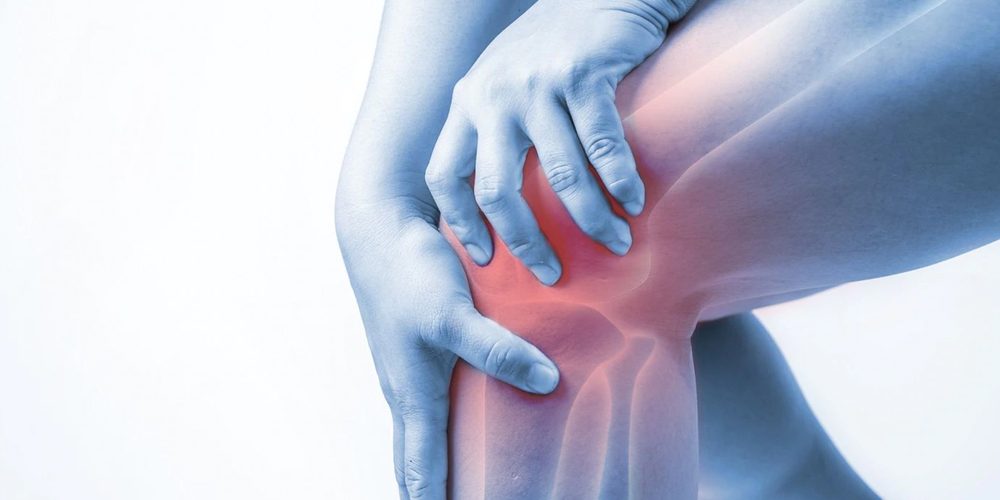Anterior knee pain is characterized by pain in the middle and the front part of the knee. It includes problems such as chondromalacia or runner’s knee wherein tissue of the kneecap breaks down.
Causes-
The kneecap is present on the front of your knee joint. Bending or straightening of the knee causes the kneecap to glide over the bones of the knee. Anterior knee pain occurs due to the impaired movement of the knee cap; it tends to rub against the lower portion of the thigh bone. It occurs due to:
- Abnormal positioning of the kneecap.
- Flat feet.
- If your thigh muscles are too weak or tight.
- Any activity that places undue stress on your kneecap such as running or jumping
- Chronic deficiency of vitamin D may also contribute to weakening of the undersurface of the kneecap.
There are certain factors that increase the risks of anterior knee pain, they are:
- Being overweight
- Athletes who perform activities such as running and jumping
- Any previous injury or dislocation of the knee cap
- Arthritis problem
Symptoms-
You tend to feel a dull pain around the sides and below the kneecap region. Flexing of the knee can cause a grinding sensation in the knee. The pain may worsen if you stand for long periods, while climbing stairs and once you bend your knee.
Treatment-
The basic treatment is to give your knee rest and take NSAIDs (non-steroidal anti-inflammatory drugs) to reduce the pain. You should stretch the muscles of the quadriceps (side muscles of the thighs) and hamstrings (posterior muscles of the thighs) to loosen them up. If you are overweight, you should lose weight to reduce stress on your knees. Kneecap or Patella. The patella acts as a pulley and helps the thigh muscles in bending and straightening of the knee.
